The story of the iMac is the story of Apple
More than even the iPhone, it is the iMac that shows us what Apple always aims for — and usually gets. On August 15, 2019, the 21st anniversary of when you could first buy it, here's how one machine changed Apple and how Apple changed that one machine.
It's standard and even a little trite now to say that the Apple of today is unrecognizable compared to the Apple of 1998, when the very first iMac was launched. Yet when people say this, they tend to be thinking of how Apple was ailing then and is now overwhelmingly successful.
They tend to be thinking of how Steve Jobs ran the company then compared to how Tim Cook does now. Look at it another way, though.
Apple's 1998 range included some well-remembered and well-loved devices such as the PowerBook G3. It included some less memorable ones such as the Power Macintosh G3, and it included ones you had to have been there to recall, like the Macintosh Server G3.
But then there was the iMac.
It's been transformed over the years, and Apple's aims for it have changed too, but the sole item on sale in 1998 that you can still buy today is the iMac. That's remarkable for a company that is known for ditching its products as quickly as it launches them.
And it's particularly remarkable because that reputation for casting aside popular products actually began with the iMac.
Hardware out
It's the iMac where Apple first tried to steer toward where the hockey puck is going to be, rather than where it is now. It's also the iMac where Apple tried to get us to use a hockey puck as a mouse, but that failure aside, this computer took Apple to the future.
And it did so by shaking off the past in every way.
You remember that the iMac was the first Mac, perhaps the first computer of the time, to not have a floppy disc drive. You remember that it had no removable media at all.
What's less well remembered now is that it also ditched Apple's previous technology to instead embrace USB. Even less well remembered is that USB was a gamble, far, far more so than it can seem today when everything uses USB.
Apple had been using ADB for 14 years at this point for keyboards — and it was gone. It had been using SCSI since the dawn of the Mac, and that was exterminated as well.
Back in 1998, USB was for Windows — but Windows wasn't having it. USB, for all the genuine benefits it brought to how you could connect peripherals, was not being taken up by PC manufacturers.
So Apple wasn't adopting an industry standard in order to fit in, or to somehow give up on making its own technology. It saw the lack of uptake from PC makers, it saw the technical benefits, and it decided to use it.
In doing so, Apple also decided to ignore just how conservative the technology industry is. For an industry that is always looking to the future, computing and technology find it extraordinarily hard to let go of the past.
Which means Apple was both far-sighted about the future, and it was far less shackled to past successes than its rivals.
Of course, that could be because it had fewer successes. Windows PCs hang on to old technology for fear of customers going somewhere else, but then Windows has a lot of customers. Apple was going for broke.
"The iMac alone can't rescue Apple, even if it sells well. "The company has much more to do before it can become truly healthy," wrote Walt Mossberg in the Wall Street Journal "But the iMac is a bold departure from the mediocrity that has marked the company's products in the 1990s," he continued, "and a hopeful sign for millions of Mac fans."
Pro. Go. Whoa.
Back when it was first available to buy on August 15, 1998, the original iMac was backed online by what Apple called a "strategy as simple as the Macintosh." Underneath the headings of Pro, Go and Whoa, the company advertised its Power Macintosh G3, its PowerBook G3, and its iMac.
The Pro section was described with the words "Creative professionals, meet your match." The Go part had "We rewrote the book on mobile computing."
And next to the iMac and the word Whoa, Apple wrote: "It's okay, you don't have to say anything."
It's a case, typical of Apple, where there was hype but under it was enough substance that few remember the advertising lines. But when the iMac was unveiled a few months earlier in March 1998, Apple did have to say something.
"I'm really pleased to report to you today that Apple's back on track," said Steve Jobs. "And because of this, the foundation this gives us, we're going to announce some great new products today. And we're even going to roll out the whole product strategy today."
Jobs may have launched the iMac, but he was also launching a new Apple. He spoke about the management team before he came close to talking about the iMac. Jobs said Apple was back on track, and then he spent a lot of time attempting to demonstrate that with figures about sales growth and increased traffic to Apple.com
"Our customers need to know that Apple is going to be here ten years from now," he said.
Which type of customer
Steve Jobs pressed on the point that Apple was working to produce machines for consumers. When he then unveiled the name, he pressed on the point that the iMac was for what consumers wanted.
"[The] iMac comes from the marriage of the excitement of the internet with the simplicity of Macintosh," he said. "Even though this is a full-blooded Macintosh, we are targeting this for the number one use that consumers tell us they want a computer for, which is to get on the internet - simply and fast."
Remember that this was also the first time that Apple had used the prefix i, which would become so familiar with the iPod and the iPhone. Jobs said that the 'i' in iMac stood for Internet.
"[The letter i] also means some other things to us," he continued. "We are a personal computer company and although this product was born to network, it also is a beautiful standalone product."
He had five words beginning with the letter i, and the remaining three were a bit of a fudge. They were Instruct, Inform and Inspire, which with Jobs's spin, he somehow made sound as if they were about the education market.
That was the aim of the iMac in 1998, it was specifically designed to attract consumers.
That changed
The latest edition of the iMac, updated in March 2019, is aimed at more than just Mom and Pop consumers. It is ideal for students — and at the high-end the iMac Pro certainly isn't.
This is now the machine for creatives and professionals, and if there is one Mac aimed at the entry-level, low-use, market, it's the Mac mini and it has been since 2005.
It had been the creatives and power users who stuck with Apple through its worst years, but it was then the consumers and the iMac that got it into its best ones.
Now that Apple is a Goliath instead of a David, every last shred of the old Apple's product line is gone — except the iMac. Sure, the new model isn't a plastic dome anymore, and hasn't been for a long time — but Apple has seen fit to keep the name for 21 years, longer than any other single product line.
"We think iMac is going to be a really big deal," said Steve Jobs as he unveiled it in March 1998. He had no idea.
Keep up with AppleInsider by downloading the AppleInsider app for iOS, and follow us on YouTube, Twitter @appleinsider and Facebook for live, late-breaking coverage. You can also check out our official Instagram account for exclusive photos.
 William Gallagher
William Gallagher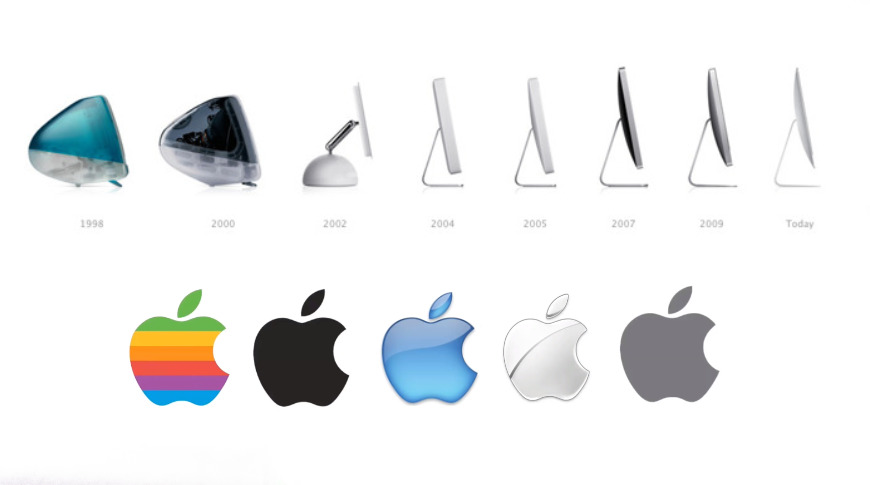
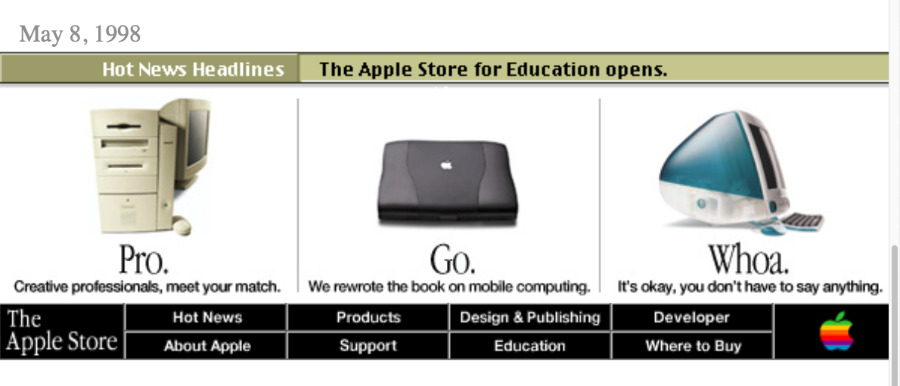


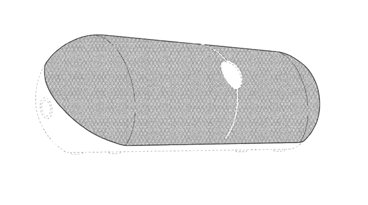







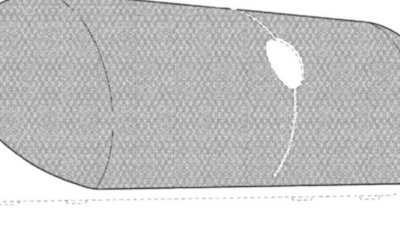

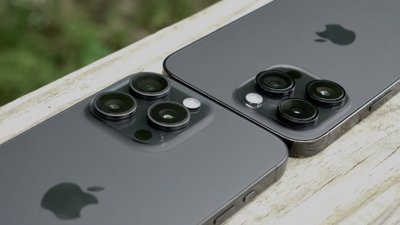
 Mike Wuerthele
Mike Wuerthele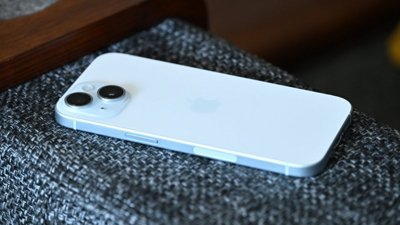


 Andrew Orr
Andrew Orr

 Marko Zivkovic
Marko Zivkovic







